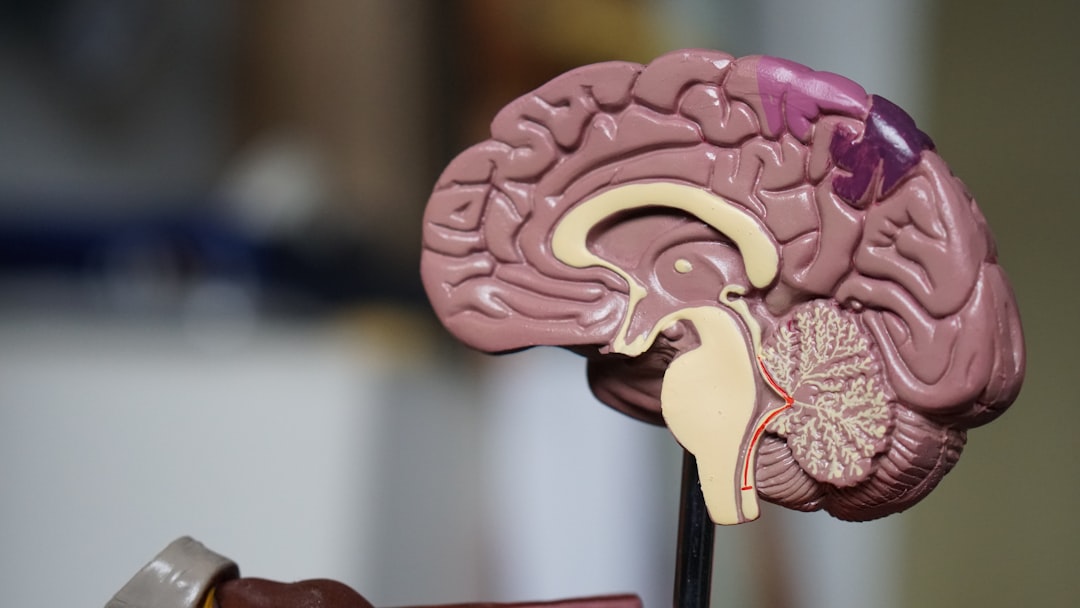What is it about?
Activation of Acid-sensing ion channels (ASICs) contributes, among others, to neurodegeneration after ischemic stroke and pathological pain, for example neuropathic pain. Due to their pathophysiological importance inhibitors of ASICs are clinically relevant. A relatively new inhibitor of ASICs is diminazene, a drug that is used in veterinary medicine to treat infections with protozoans. We found that diminazene inhibits ASICs by slowly binding into the ion pore. Additionally, we identify by a combination of functional and computational methods in detail the binding site of diminazene in the ASIC pore.
Featured Image
Why is it important?
Our results are useful for developing high-affinity inhibitors of ASICs, that are based on diminazene.
Read the Original
This page is a summary of: Diminazene Is a Slow Pore Blocker of Acid-Sensing Ion Channel 1a (ASIC1a), Molecular Pharmacology, October 2017, American Society for Pharmacology & Experimental Therapeutics (ASPET),
DOI: 10.1124/mol.117.110064.
You can read the full text:
Contributors
The following have contributed to this page










